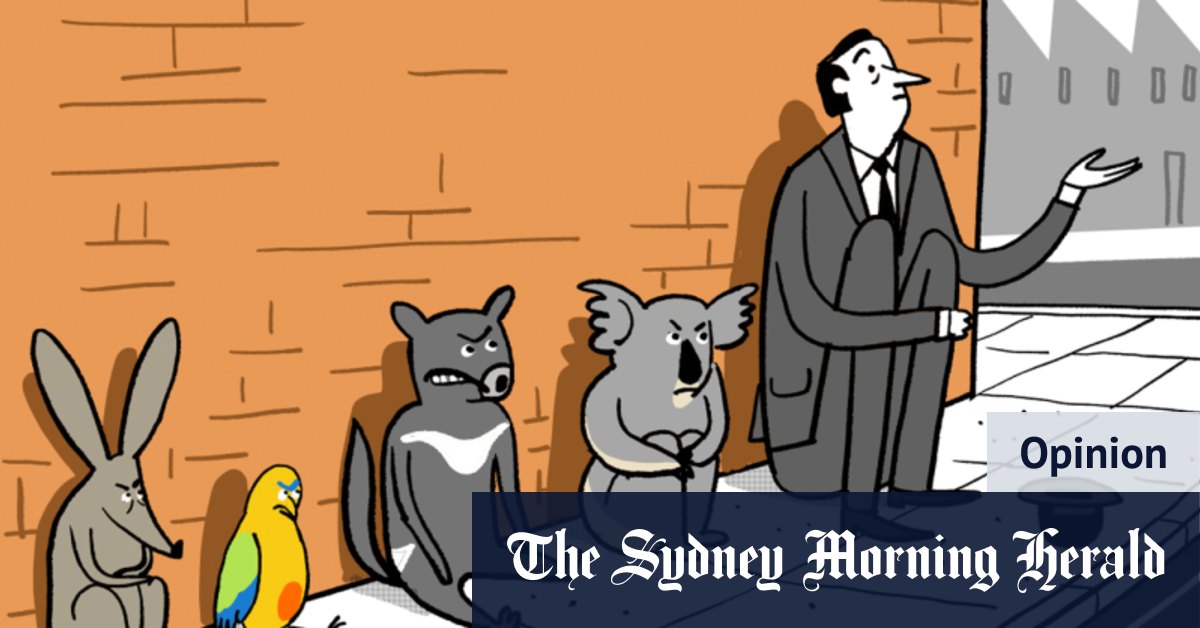That’s why the most important economic event of recent times is not the latest rise in interest rates, it’s last month’s State of the Environment report – whose release was delayed until we found a government with the courage to break the bad news.
The report’s significance is not only its roll call of how much damage we’ve done so far, but its account of the way that damage is damaging the humans who’ve done it.
We’ve been damaging the environment in many ways – loss of habitat and species, introduction of invasive animals and plants, pollution and waste disposal, salinity and other damage to soil and waterways, overfishing – but the greatest single source of damage, of course , is climate change.
The five-yearly report brings the bad news that climate change is compounding all the other problems. And whereas previous reports warned of future damage from climate change, this one shows it’s already happening – and getting worse.
It documents the extreme floods, droughts, heatwaves, storms and bushfires that have occurred across Australia in the past five years. The immediate effects have been millions of animals killed and habitats burned, enormous areas of reef bleached, and people’s livelihoods and homes lost.
But there are many longer-term effects still to play out. Extreme conditions put immense stress on species already threatened by habitat loss and invasive species. An extreme heatwave in 2018, for example, killed 23,000 spectacled flying foxes, making them an endangered species.
loading
Many of our ecosystems have evolved to rebound from bushfires. But now that the fires are coming more often and are more intense, the bush doesn’t have enough time to recover, which scientists expect will make it weedy – only those species that live fast and reproduce quickly will thrive.
But enough about plants and animals, what about us? While cyclones, floods and bushfires directly destroy our homes and landscapes, Professor Emma Johnston, of Sydney University and an author of the report, writes that heatwaves kill more people in Australia than any other extreme event.
Heatwave intensity has increased by a third over the past two decades. And climate change worsens air quality through dust, smoke and emissions. The Black Summer of 2019-20 exposed more than 80 per cent of our population to smoke, killing about 420 people.
As Liz Hanna and Mark Howden, of the Australian National University, remind us, clean air is just one of the “ecosystem services” the environment provides to you and me in the economy. Another is clean food. A lot of our recent complaints about the cost of living – the high cost of meat and vegetables, the mythical $10 iceberg lettuce – come from the delayed effect of the drought and the recent effect of the floods.
Yet another service is clean water. But many country towns had to truck in water during the last drought. Land clearing affects water quality. Run-off from agriculture damages water ecosystems and encourages algal bloom and species loss. More than 4 million people depend on the Murray-Darling rivers for their water, but the catchments are rated as poor or very poor.
loading
Finally, the report reminds us that contact with (healthy) nature is associated with mental health benefits, promotes physical activity and contributes to overall wellbeing. Biodiversity and green and blue spaces in cities are linked to stress reduction and mood improvement, increased respiratory health, and lower rates of depression and blood pressure. Enjoy ’em while they last.
The Opinion newsletter is a weekly wrap of views that will challenge, champion and inform your own. Sign up here.
